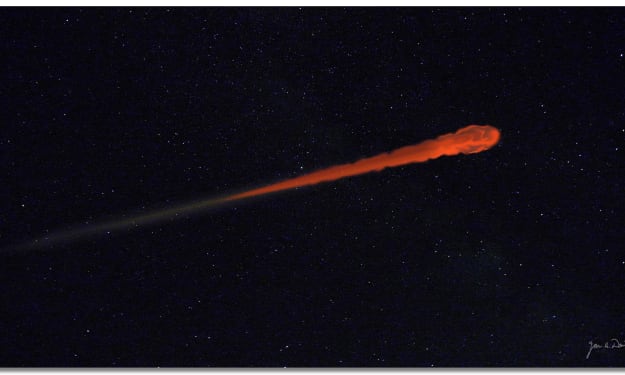The Power of the Twitter Algorithm & How to Use it to Attract Clients
How to Use Twitter for Your Creative Business
It's always been my view that Twitter is quite the underrated platform, or at least when it comes to business in the creative industry.
It's definitely not a secret that social media can be a great tool for generating leads and connecting with clients. If you ask most photographers and visual artists, Instagram and/or Facebook is probably somewhere within their marketing plan. How many, however, utilise Twitter with the same amount of energy and effort?

Let's Talk About Algorithms
The term "algorithm" has, especially in recent years, become a sore spot for a lot of creators. Blaming poor engagement and a lack of organic reach, a lot of the time rightly, on the Instagram algorithm has almost become a convention of any artist that uses the platform. It's true that Instagram's ever-changing algorithm doesn't make it as simple to succeed anymore.
Largely, Instagram and Facebook are "pay-to-play", which simply means that they encourage users to pay for advertising and other promotional features to help enhance the number of people their content reaches. Twitter, on the other hand, operates with an algorithm that offers content creators and businesses a lot more potential.

The Snowball Effect
A snowball effect is "a process that starts from an initial state of small significance and builds upon itself, becoming larger" [source]. The way that I like to describe the Twitter algorithm, or the way in which Twitter works, is by referencing this effect.
If you're already familiar with the way in which Twitter works, you'll have a brief understanding of the engagement metrics that the platform offers users. Namely, users can "like", "retweet" and "comment" (alongside other actions, such as bookmarking, but we won't be focusing on those).
When a user "likes" or "comments" on a tweet, there is a chance that that tweet will be shared with the followers of that user, whereby increasing it's organic reach. When a user "retweets" a tweet, the tweet is shared on that user's profile and to their followers, increasing the reach of the tweet again.
With the way that Twitter operates, these metrics have the opportunity to continiously increase the reach of a tweet, creating a virality that is harder to come by on platforms such as Instagram. In essence, the success of a tweet is able to snowball, hence the reference to the snowball effect.
When we consider how Twitter promotes the idea of viral content and look at it from a business perspective, we're effectively putting out our content to a potential audience of 145 million daily active users [source].
What Next?
So, how can we utilise this?
Twitter offers a number of tools for releasing and curating content. From using features such as "pinned tweets", which allows a user to "pin" a specific tweet to the top of their profile, to creating threads that can provide more information, tell a story or even create a list of your products, there's plenty of room to get creative with Twitter's options.
As a photographer, some of my favourite ways to utilise Twitter in my business is by creating threads of my work and pinning the most appropriate content to the top of my profile, but there are also other tools that I've found useful.

Twitter's lesser used "Moments" feature, for example, allows you to create a thread of your past tweets (which you can add to in the future) and "save" it as a Moment, which is effectively a collection of your tweets. You can even pin this Moment to the top of your profile, should you want to.
For all of you visual artists out there, don't neglect tweeting out your work. Tweets with images are said to receive 150% more retweets than tweets without images [source] - and you don't have to worry about compression nearly as much as you do with Facebook and Instagram, as Twitter even allows the upload and loading of images in 4k resolution!
For more tips on how to utilise Twitter for your creative business - especially to all of you photographers! - I've spoken in more depth about this topic in the video below.
You can connect with me on Twitter here. If you enjoyed this article, please do let me know!
About the Creator
Sophia Carey
Photographer and designer from London, living in Manchester.
sophiacarey.co.uk






Comments
There are no comments for this story
Be the first to respond and start the conversation.